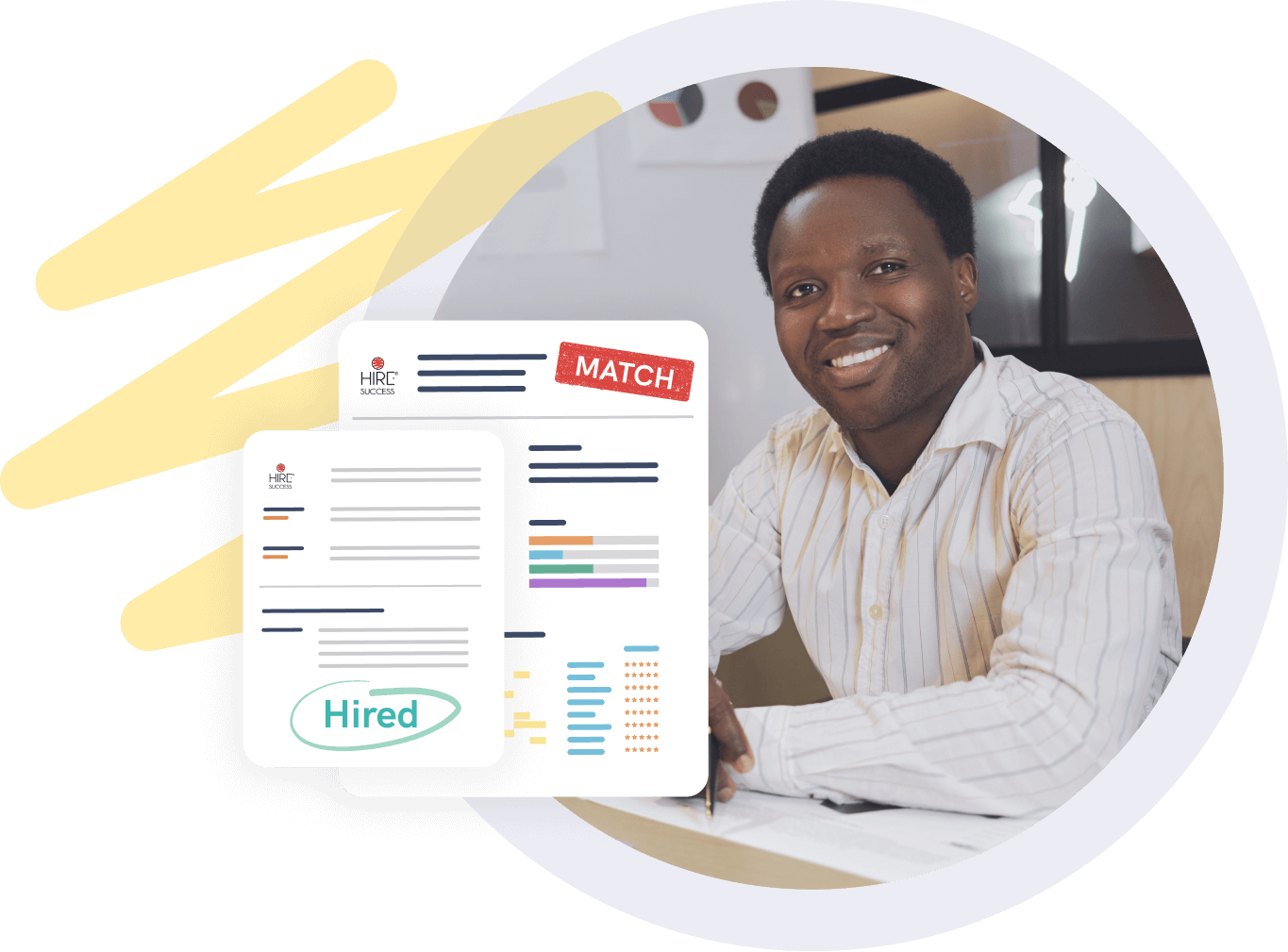At Hire Success, we refer to the task of identifying and quantifying personality characteristics and traits as developing a baseline. Whatever you call it — determining an “ideal profile,” “benchmarking,” etc. — the process involves determining ideal standards for hiring or promoting employees.
Identifying basic traits
If you look around your office, you’ll probably see many people doing different jobs. Once in a while, you might overhear one employee say to another, “I’m glad I don’t have your job.”
Have you ever wondered why they say that?
It could be that their personality characteristics are so different from the person who actually does the job that they know they’d never be happy if they had to do the same thing.
Different personality types help build a strong foundation for any company. Some people are efficient and demanding while always looking at the “big picture” and the bottom line. Some just want security — a good paycheck and well-defined guidelines in which to work.
Other positions need people who are relentless about details — perhaps your bookkeeper, accountant or computer programmer. And people who are outgoing, friendly and love to be with others can be a real asset in your advertising or sales department.
Your bookkeeper or clerk probably can’t imagine having to call people every day, introduce themselves, and try to sell a product. At the same time, the top sales person can’t understand how anybody can work all day without talking to others or going out to see people.
It takes all types to build an organization. You gain the advantage when your employees are positioned so that their talents, skills and personality traits are properly utilized.
Invest in future performance, predict long-term fit
Use our personality assessment to identify candidates who will thrive in their role and in your evolving organization.
Book a demo Try it free
Measuring and applying personality traits
The first thing to do is to administer a Personality Test to every employee in your company. Don’t worry — our tests are affordable, and the information you gain can be priceless!
What you’re looking for are the personality types and traits that make the best employees so successful in a particular job, as well as which traits are out of balance in the position for less successful employees.
Some companies make the mistake of just testing the “best” people in a particular role. For the best results, you should test all employees and compare the best and worst so you can identify the differences. Often, the best and the worst will share many common characteristics, but it’s the traits they don’t share that could make all of the difference.
The Hire Success System doesn’t identify “good” or “bad” people — just people who may have a better chance of success in a particular job. In fact, you may be surprised to find that some of the “problem” people you’ve had may not be such a problem at all — they may just be in the wrong job!
**Example:* John seemed like a good salesman, but he just doesn’t have as many appointments as Mary. After reviewing both of their personality profiles, you see they’re similar in many ways, but Mary is more outgoing and aggressive than John.*
When you look at all of the best sales people, you may notice the most successful ones are quite outgoing and aggressive like Mary, while the ones who barely pull their own weight just don’t like to pick up the telephone and dial, resulting in fewer contacts, appointments and sales. Having a more “introverted” personality may make it difficult for some people to make cold calls. However, the same person who may be faltering in sales might be the best customer support person in your company if given the chance. If you can identify the right people for the right jobs, everyone wins!
Developing baselines
Each “baseline file” represents an “ideal” range for certain personality types and traits. Once developed, new applicants can be compared against the baseline so you can quickly and easily see just how close they come to having the characteristics and traits that you know play an important role in that position.
View a sample Personality Baseline Summary Report
Each baseline range is shaded in a light color on the Summary Report and Applicant Trait Values can easily be seen either inside or outside of the target range. The Hire Success report uses graphics and colors to make a clear, concise presentation of the data so managers and decision makers don’t have to hunt for the key information they need, especially during the interview.
There is no extra charge for creating, applying or reporting using baseline information with your Personality Profile tests. You can create as many different baselines as you need for the various jobs or positions within your organization.
Latest Stories
Here’s what we've been up to recently.

How to Create Skills-Based Assessments for Hiring
Companies are taking a closer look at the skills they need employees to have, and how to best assess those skills. Having a degree or certification in a certain area is not an accurate indicator of candidate capability. This new awareness has led to what Harvard Business Review calls a “reset in hiring practices.”
Kelly Cantwell

Why Hiring Takes So Long and How to Speed It Up
Talent shortages and increased competition made hiring difficult in a pandemic. Top candidates were often swept off the market quickly, meaning businesses who failed to act fast were left to hire from a smaller, less-qualified applicant pool.
Kelly Cantwell

Structured vs. Unstructured Interviews
There are two basic styles, or models, of interviews employers usually use when hiring new employees: structured and unstructured interviews. Just like job candidates, each one has its own strengths and weaknesses. But do the advantages of a structured interview outweigh the advantages of an unstructured interview?
Kelly Cantwell
Get our stories delivered
From us to your inbox weekly.